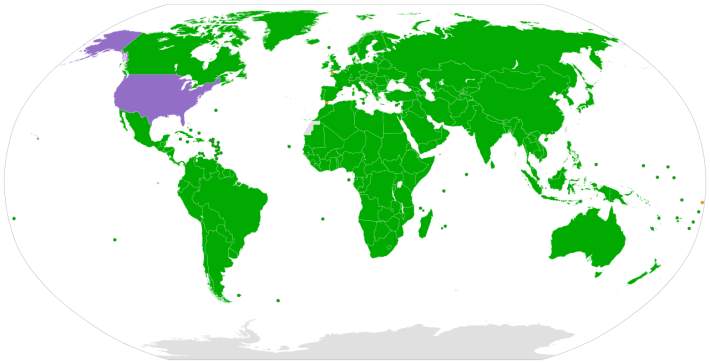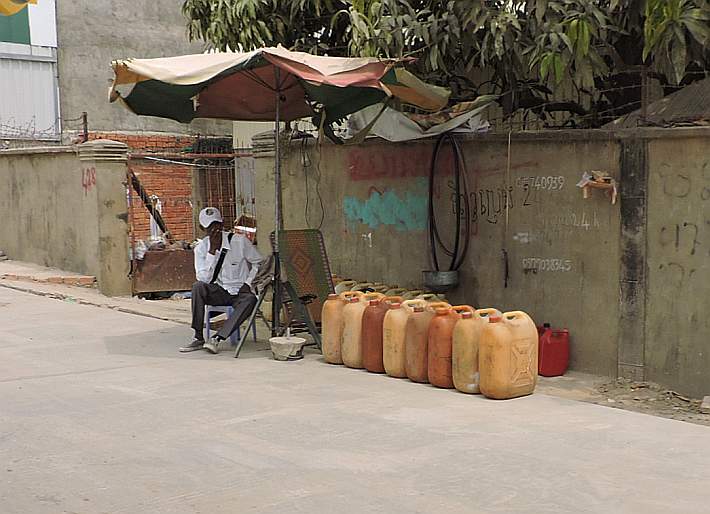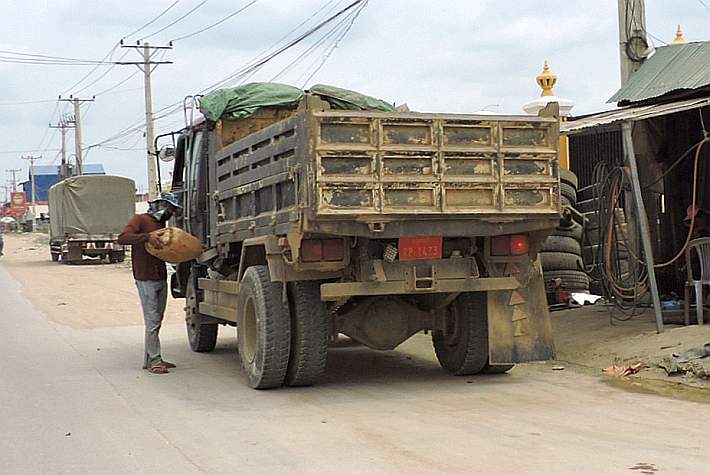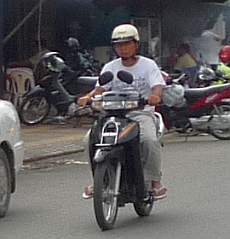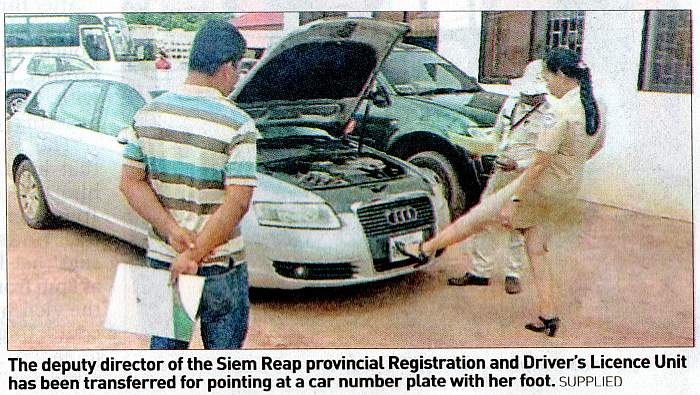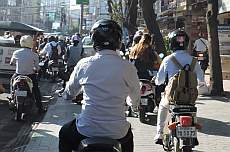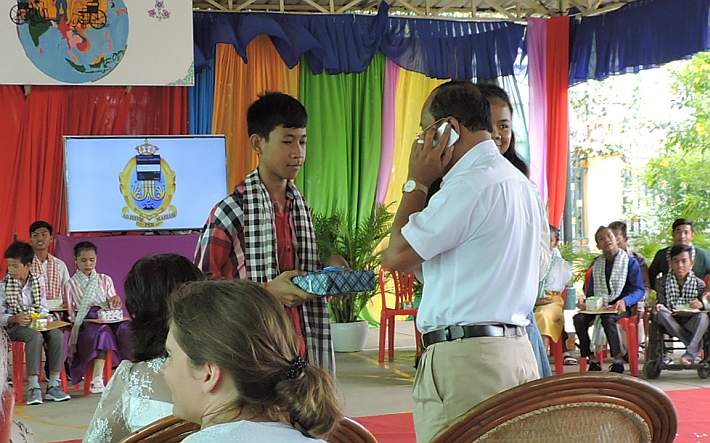Recently I went to a graduation for a school for children with disabilities. Near the end the graduating students presented small gifts to officials who had come, as a little thank-you. When these two students with disabilities approached this official, he stood and at the same time his phone rang. He pulled out the phone and talked for three to four minutes while the two students–and the whole assembly–waited for him to accept his gift.
Now maybe it was his wife and she was calling with a special ring that they only use for real emergencies–but I suspect that was not the case. I suspect it was another example of the lack of respect and courtesy many government officials show toward the people they are supposed to serve.
Several years ago, we had a similar incident on Deaf Day. The main speaker and honored guest was a high official in a ministry. Right in the middle of her main talk, her phone rang–and she answered it! She talked for three or four minutes and we could hear every word from the microphone on the podium. She said she was busy at the time and then proceeded to set up a lunch date on another day. This is the disrespect and patronizing attitude so many in the government exhibit here.
